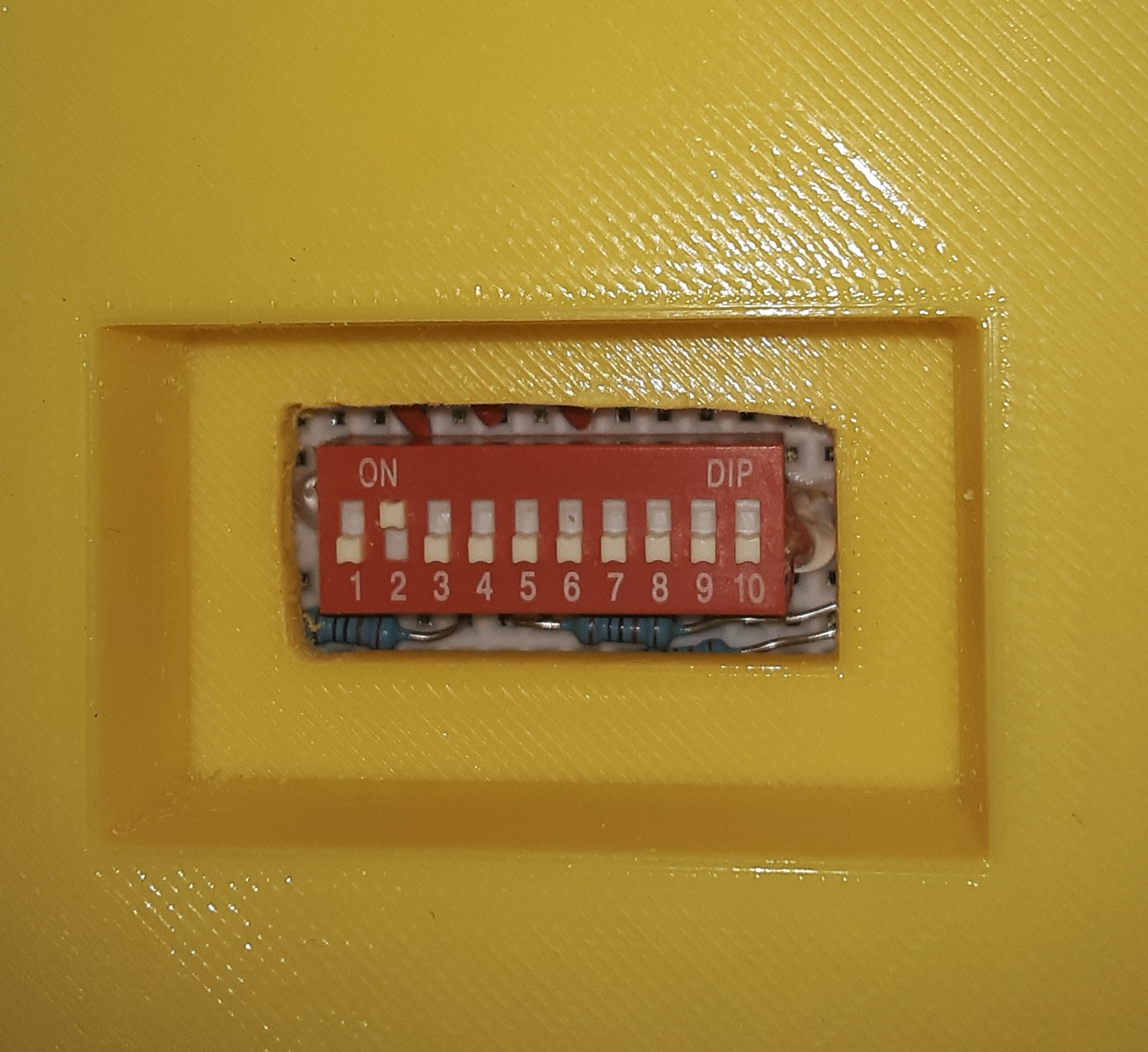OUR PROJECT
Our project uses a microcontroller, climate sensor, transceiver, micro SD card reader, real time clock, DIP switch, battery, shield, breadboard, and antenna on each node. Each component performs the following function:
Arduino Uno microcontroller: controls the circuit components and ensures that all components perform their tasks
SD card reader: stores and backs up the climate data
DIP switch: identifies the node order so the node knows which node to send its data to
Transceiver: sends and receives data to and from other nodes and/or gateways
Real time clock: keeps track of the exact time and date in order to timestamp all data
Shield: holds the breadboard with the DIP switch
Sensor: collects temperature, pressure, and humidity climate data
Battery: powers the circuitry independently in the cave
All of the components were chosen for their ability to withstand extreme cave climate environments. Together, these hardware components perform the necessary tasks like measuring, timestamping, and relaying the climate data in order to create a functional device.
See the diagrams on the right for more details on our final project depiction. We provide labels to show where each component is located on our device. We also include some photos below showing our final project. One image shows the DIP switch hole for easily changing the node identity.



